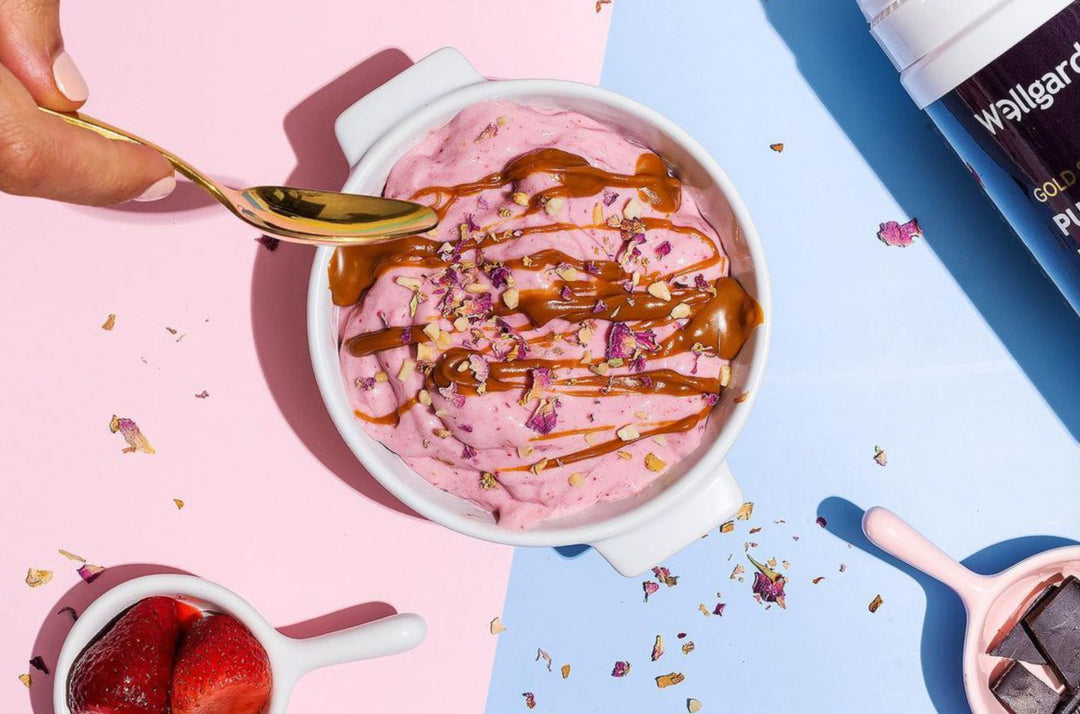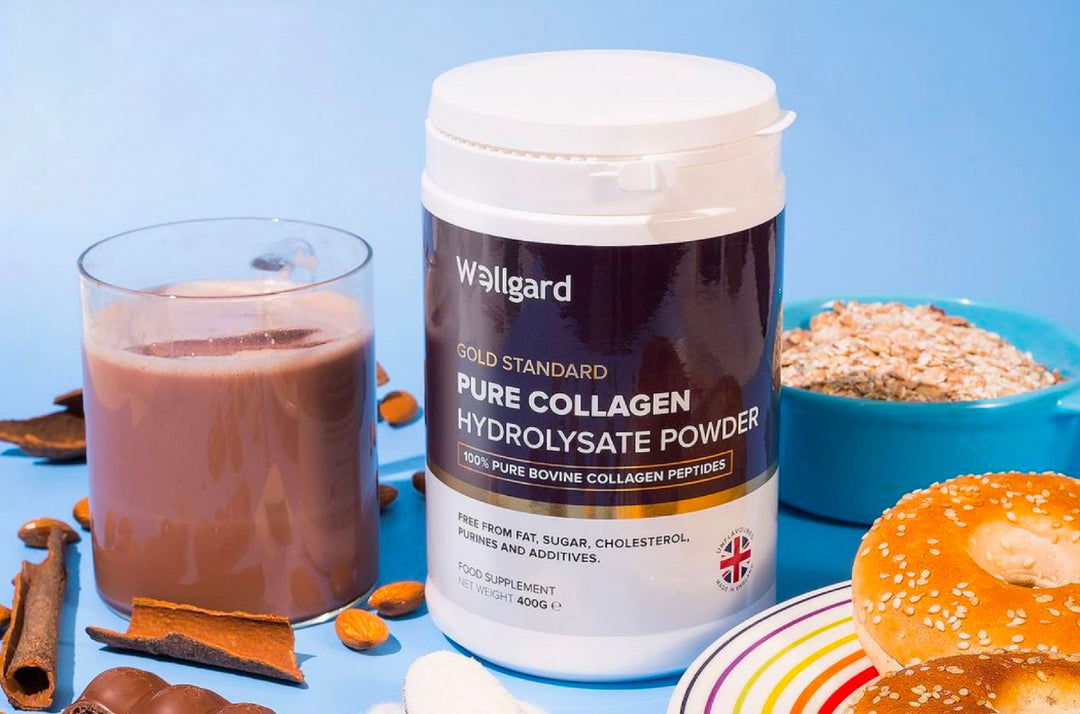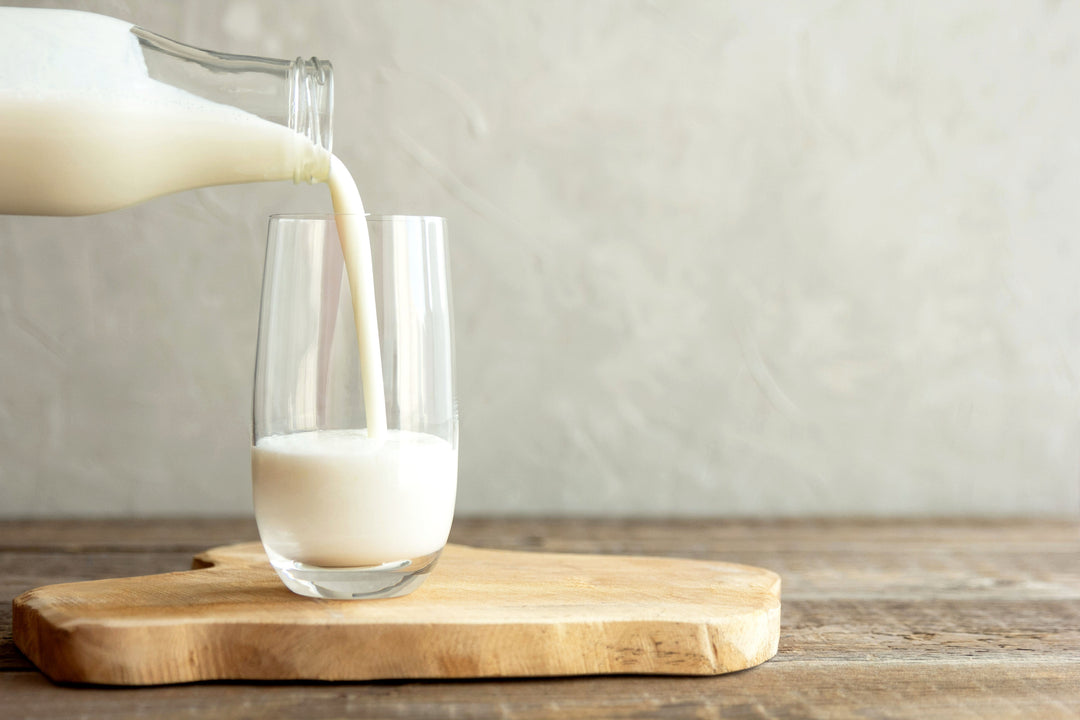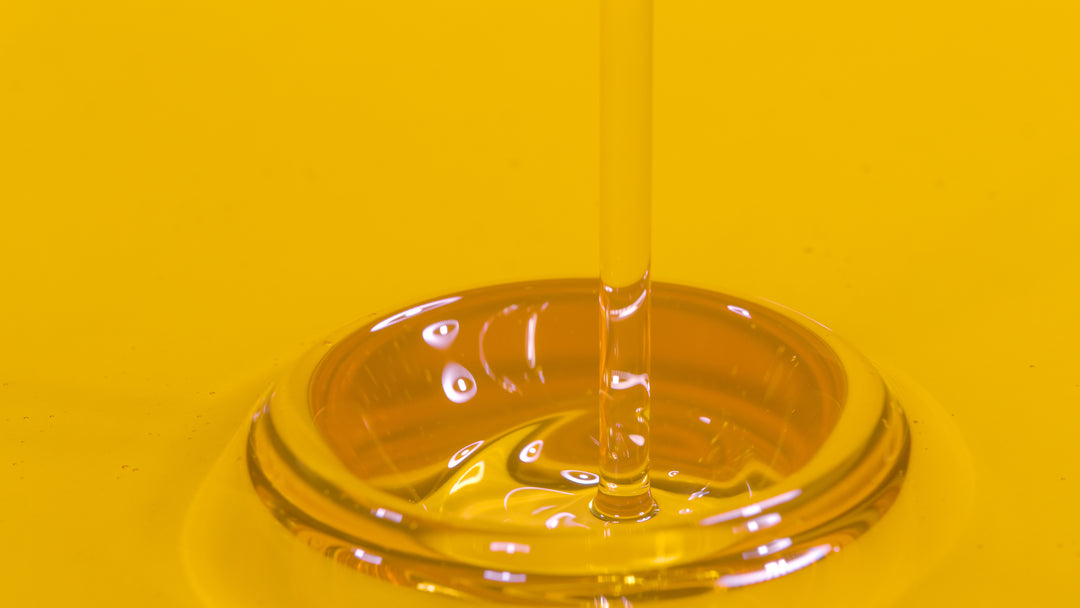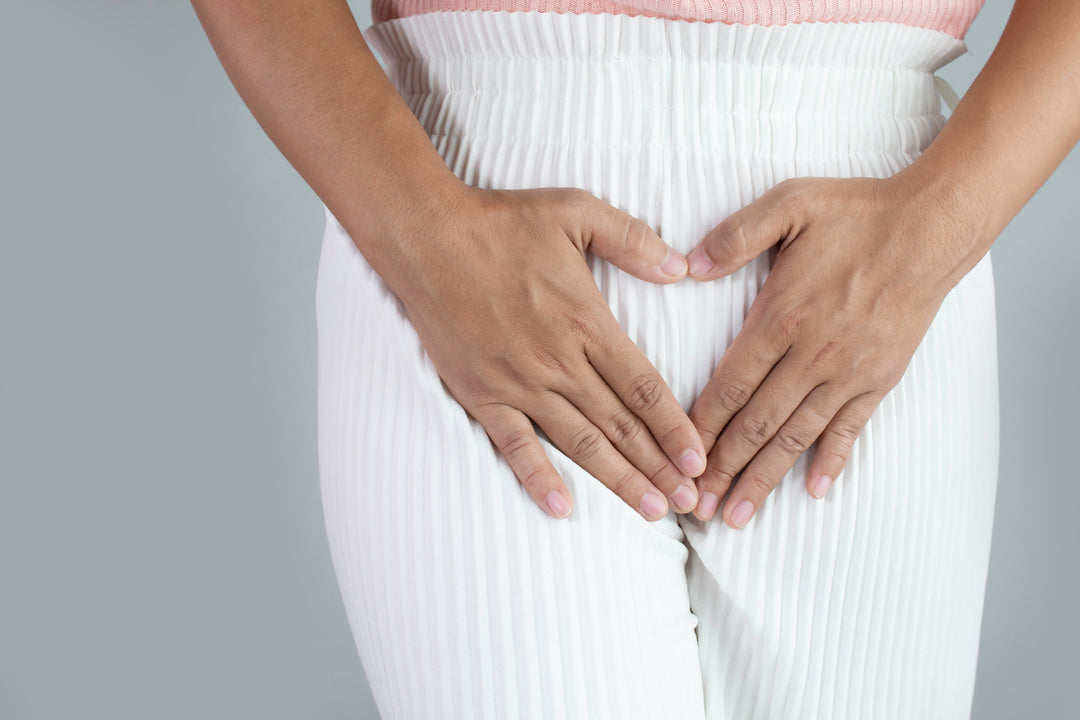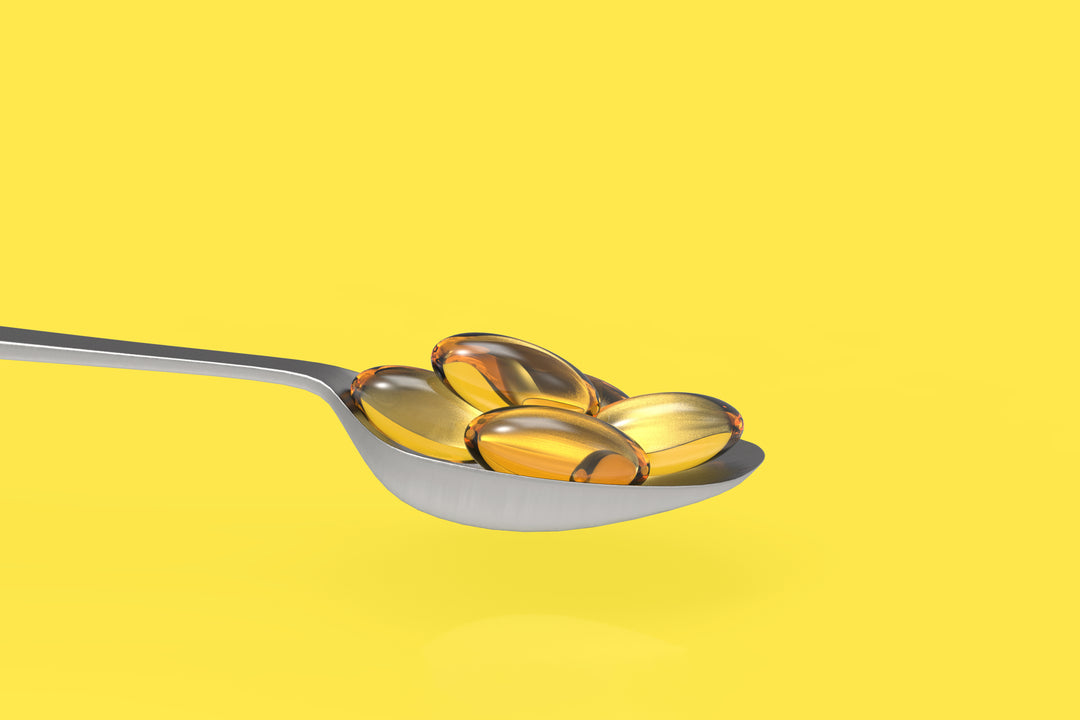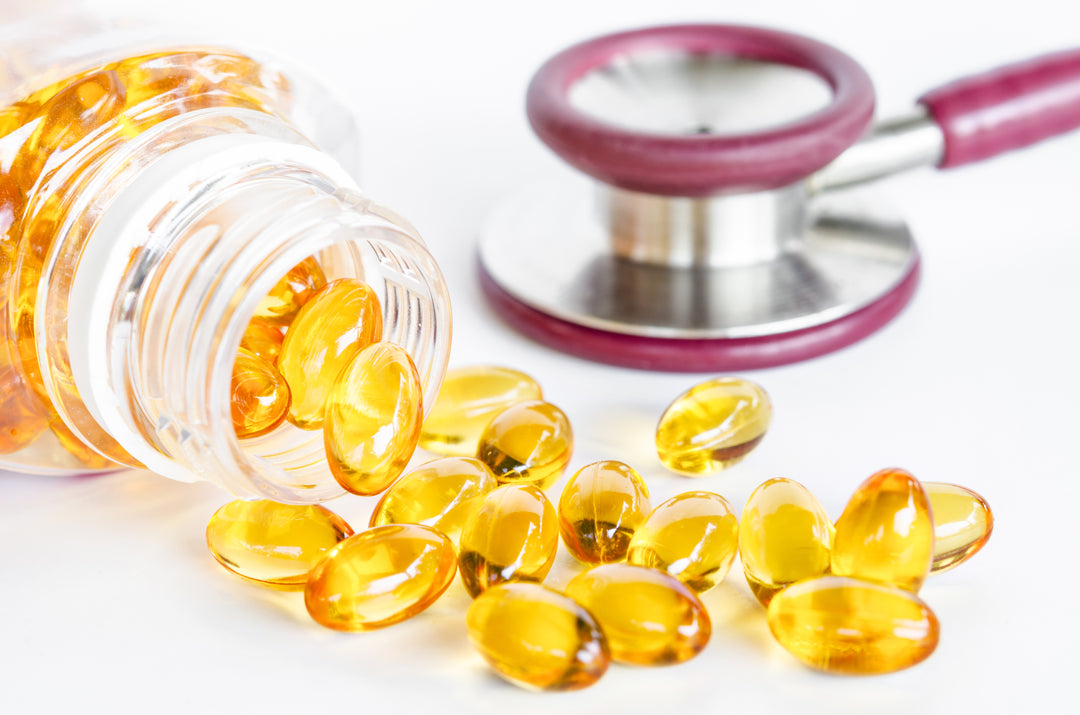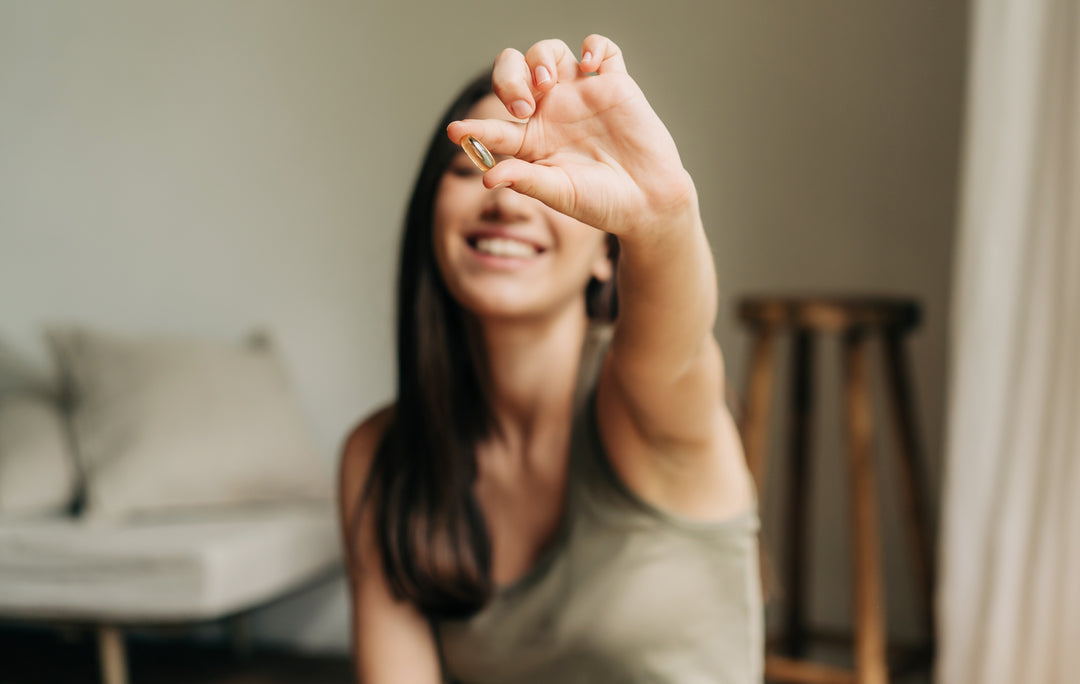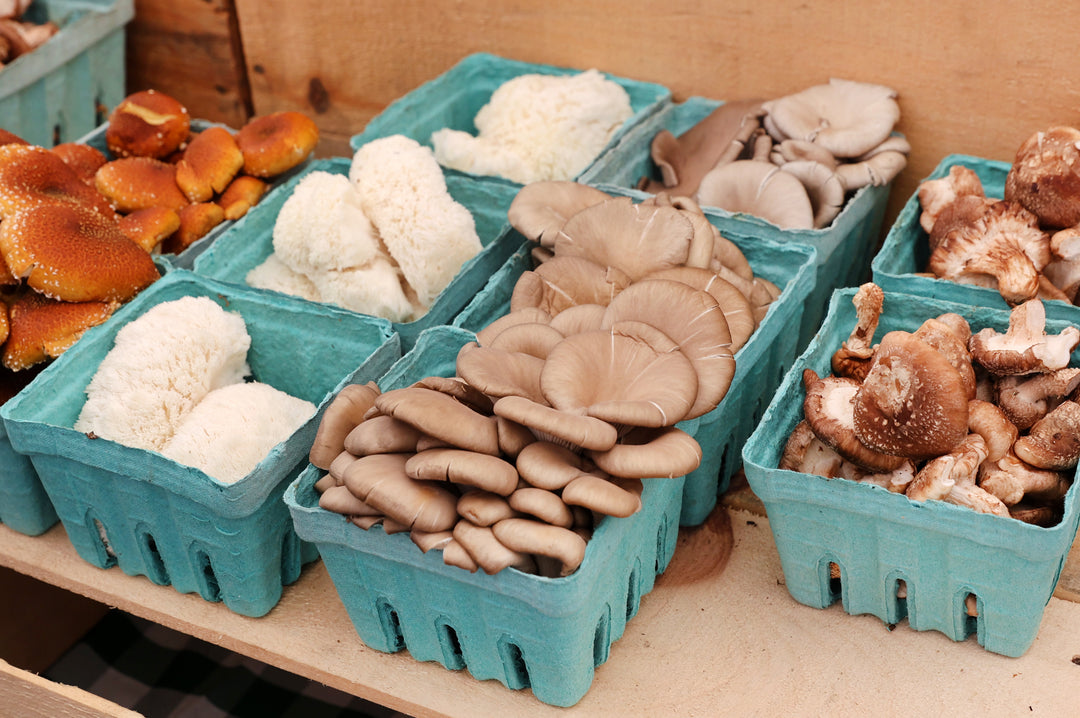What Is Flora in a Woman?

Flora in a woman is the name for the bacteria that live in the vagina and are responsible for helping to maintain the health and pH balance in the delicate microbiome. It mainly consists of different strains of the probiotic lactobacillus. These probiotics ensure the vagina’s flora produces the right levels of lactic acid, hydrogen peroxide, other important substances that prevent the bad bacteria overgrowing, resulting in yeast infections as well as other concerns.
It is very common for the pH levels of the vaginal flora to become imbalanced with several different organisms reducing the acidity levels making the flora become more alkaline. Once the pH levels become imbalanced the flora is suspectable to developing certain conditions such as sexually transmitted diseases, bacterial vaginosis, thrush, and yeast infections overtaking the flora making it an unhealthy environment and alters the complex ecosystem of the vagina.
Maintaining a healthy vaginal flora can feel like a complicated task, but if treated correctly can keep the pH levels stable, produce lactobacillus, and ensure the flora contains the right number of good bacteria in the vagina.
If you wanted to find out more about intimate flora you can check out our dedicated blog post over on our website. Now, let’s move on to answering some of your questions about flora in women and learning the best way of keeping it balanced and healthy.
How do I change my vaginal flora?
It is thought that consuming daily probiotics will support the production of the strains that already exist in the vagina naturally. By choosing a product containing lactobacillus in the formula will restore the flora, strengthen the microorganisms, and keep the pH levels balanced.
You can introduce these helpful probiotics into the flora by taking capsules, or by including food enriched in the live organisms, such as yoghurt, kefir, sauerkraut, and tempeh to name the most popular. Setting aside the short-term side effects of probiotics, such as bloating, diarrhoea, and gas, many find there are impressive results after 1 to 2 weeks of use. If however, you find these effects last longer than expected, you should stop taking these probiotics and seek some advice from your GP or medical professional.
What is normal vaginal bacterial flora?
Normal vaginal bacterial flora contains the optimal levels of hydrogen peroxide and lactic acid. Both of these compounds support the production of lactobacillus, particularly lactobacillus crispatus and lactobacillus jensenii, both of which are required to ward off disruption caused by pathogens and other forms of bad bacteria.
What is a flora infection?
The flora contains a complex and delicate blend of microorganisms. These are not only found in the vagina, but also the gut, mouth, nose, large intestine, and skin. It only needs the slightest change in the flora to result in an imbalance that leads to infection.
Some of the most common factors that can alter the flora are.
- You’re currently taking or have just finished a course of antibiotics.
- You have recently had surgery or suffered from a mild to severe injury.
- Your immunity has been weakened, post-surgery or are undergoing treatment such as chemotherapy.
All these combined can have a huge impact on the microorganisms that are continuous residents in the flora. As I have already explained, even the slightest change will weaken the ecosystem and can result in a flare-up in inflammations, infections, and similar concerns.
What can affect vaginal flora?
There are some physical and physiological factors that can cause the vaginal flora to become disrupted. Some of the most common are the following.
- You’ve recently had a new sexual partner
- You are having unprotected sex with multiple partners
- There are some hormonal changes such as pregnancy, a change of contraception, or you have started menopause
- Stress and anxiety
- Tight clothing and underwear with a synthetic and unbreathable fabric
- Overuse of highly perfumed body washes and shower gels
- You’ve used a vaginal doche
- You’ve completed or are taking a course of antibiotics
It is important to ensure you have a brief understanding of what the vaginal flora needs to remain healthy. The natural pH level of the vagina should be somewhere between 3.8 and 4.5 as it requires to remain more acidic to remain healthy. With a pH level that is more alkaline the flora is at risk of developing yeast and fungal infections with the bad bacteria overgrowing in the vagina which could lead to further, more severe infections.
How do you treat flora?
To treat the vaginal flora, you must start with the gut flora, the gut, after all, is the second brain and ensuring this is balanced and in its healthiest state. Diet is thought to be the most effective and easiest way to maintain balanced flora.
- Try consuming a vast range of different foods.
The diverse collection of bacteria in the microbiome thrives off variety so having a healthy, balanced diet is vital for your gut and flora health. In the western diet this can be a bit of a challenge, but limiting the number of sugars, artificial sweeteners, and fats will have a significant, positive impact on your flora.
- Consume foods that are high in fiber
Admittedly, foods that are rich in fiber are often difficult for the body to digest. However, the bacteria that are present in these foods are highly useful for the gut and other flora as production of good bacteria is stimulated with the following foods.
- Raspberries
- Green peas
- Broccoli
- Chickpeas
- Beans
- Lentil
- Artichokes
- Apples
- Bananas
- Consume more fermented and probiotic enriched foods
It goes without saying that consuming more fermented foods will help support the flora. These foods are sometimes differently to find but including just one form on a weekly basis will help.
- Kefir
- Kimchi
- Kombucha
- Tempeh
- Sauerkraut
- Probiotic enriched yoghurts
If you are wanting to know more about treating the flora and maintain its balanced ecosystem you can ask for some guidance from a trained nutritionist. As always, if you have any further questions, don’t hesitate to get in touch with us over on Instagram, we look forward to seeing you there.





